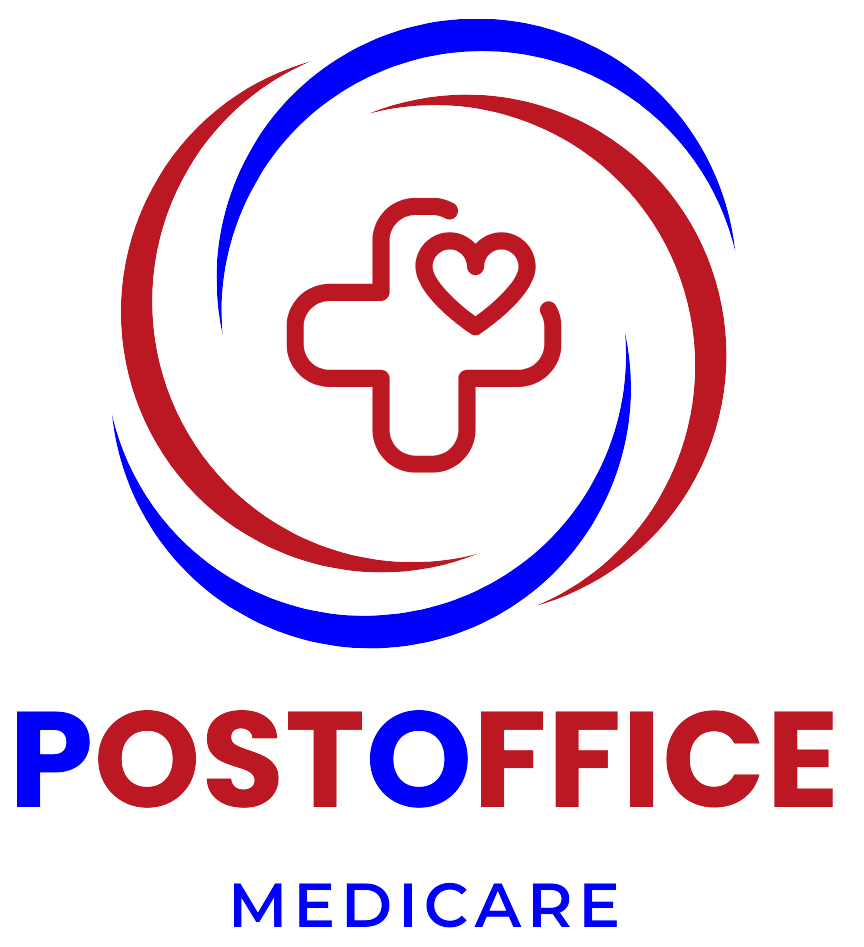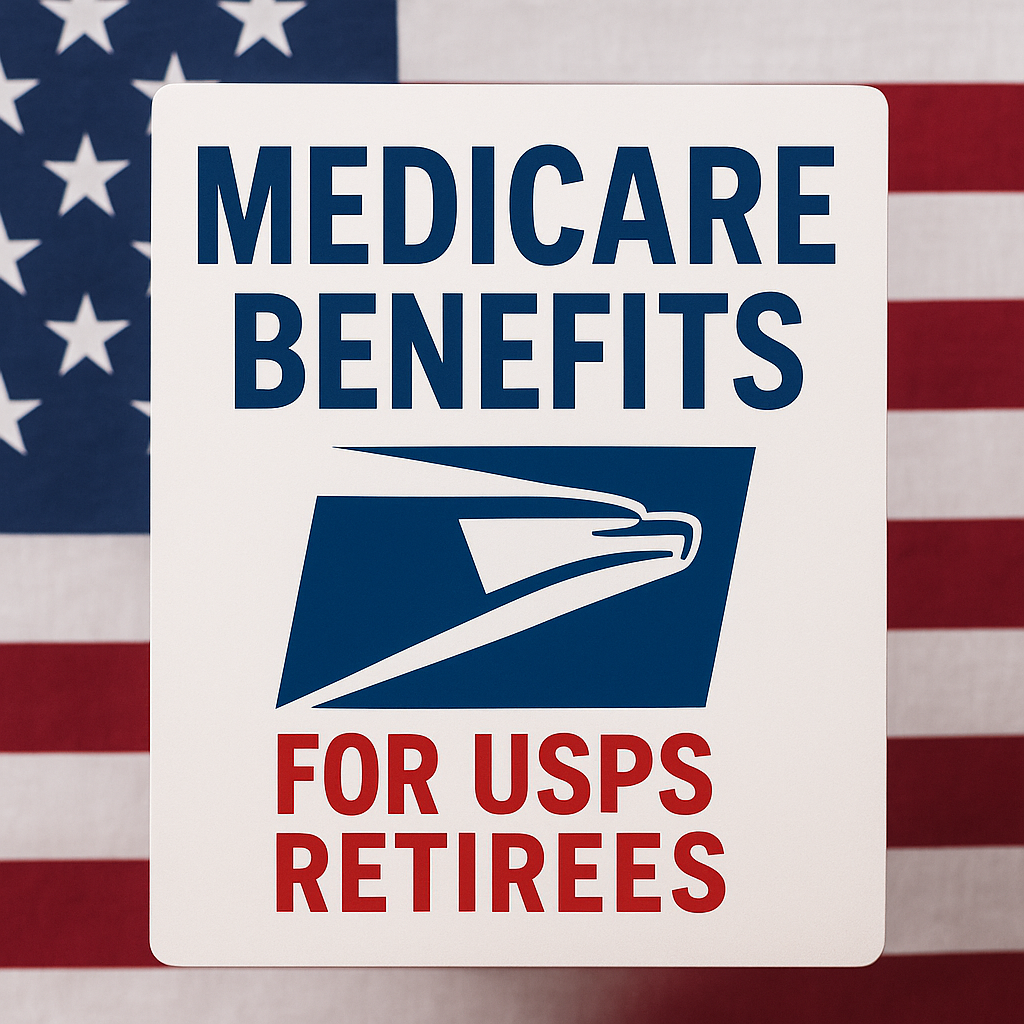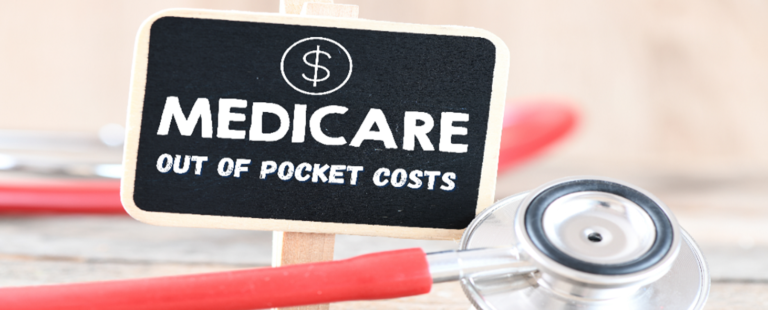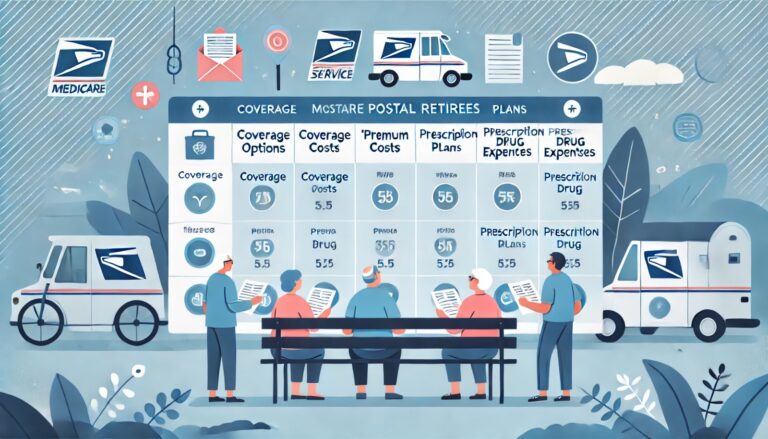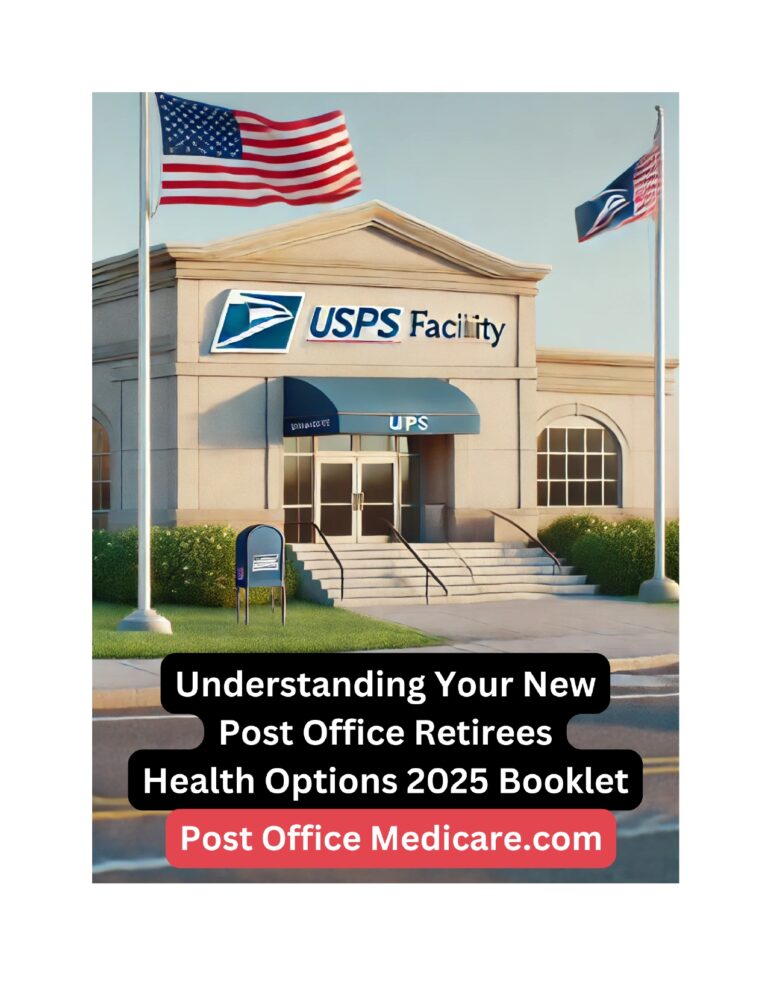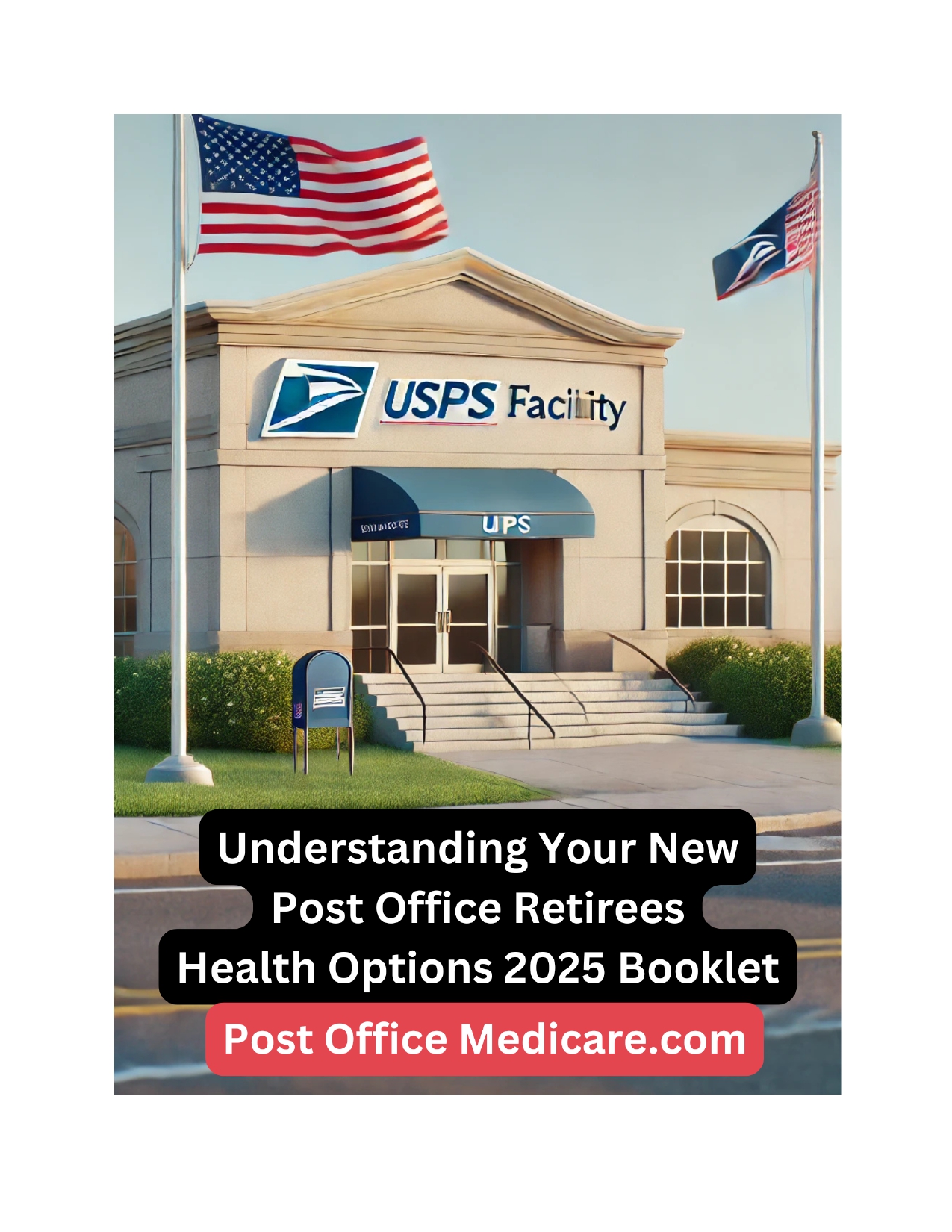Understanding Medicare Benefits for USPS Retirees: What You Need to Know Before Enrolling
If you’re a United States Postal Service (USPS) retiree approaching age 65, you’re likely hearing a lot about Medicare. But how does Medicare work with your Federal Employees Health Benefits (FEHB) plan? Should you enroll in Medicare Part B? Are there any cost-saving opportunities for postal retirees?
In this comprehensive guide, we’ll answer these common questions and help you make an informed decision. Whether you’re planning to retire soon or already enjoying retirement, understanding how Medicare benefits for USPS retirees work is essential for protecting your health and your wallet.
What Is Medicare?
Medicare is a federal health insurance program for:
- People aged 65 or older
- Certain younger individuals with disabilities
- People with End-Stage Renal Disease (ESRD) or ALS
Medicare has four parts:
- Part A – Hospital insurance (usually free if you worked and paid Medicare taxes for at least 10 years)
- Part B – Medical insurance (doctor visits, outpatient care; requires a monthly premium)
- Part C – Medicare Advantage (private plans combining Parts A & B, often with added benefits)
- Part D – Prescription drug coverage (also through private insurers)
What Is FEHB and How Does It Work in Retirement?
The Federal Employees Health Benefits (FEHB) Program offers comprehensive health insurance to federal employees and retirees, including USPS workers. Unlike many private-sector jobs, USPS retirees can keep their FEHB plan into retirement, provided they meet eligibility criteria.
Eligibility includes:
- Being continuously enrolled in FEHB for at least the 5 years before retirement
- Retiring on an immediate annuity (not a deferred one)
How Does Medicare Work With FEHB for USPS Retirees?
This is where things get interesting. If you’re a USPS retiree with FEHB, Medicare becomes your primary insurer when you turn 65, and your FEHB plan becomes secondary. Here’s how they coordinate:
- Medicare pays first, then FEHB pays most of what Medicare doesn’t cover
- Combined coverage often leads to lower out-of-pocket costs
- You may have little to no copays or deductibles if both are in place
Should USPS Retirees Enroll in Medicare Part A?
Yes—enrolling in Medicare Part A is highly recommended. It’s premium-free for most people, and it helps cover hospitalization costs. Even if you have FEHB, Medicare Part A can fill in gaps and provide additional coverage.
Tip: Most retirees automatically get Part A when they turn 65, especially if already collecting Social Security.
Should USPS Retirees Enroll in Medicare Part B?
This is the most debated question among postal retirees.
Reasons to Enroll in Part B:
- Enhanced coverage: Reduces or eliminates out-of-pocket expenses like copays and deductibles
- Peace of mind: Broader access to doctors and specialists who accept Medicare
- Better coordination with FEHB: Many plans waive cost-sharing if you’re enrolled in both Part B and FEHB
- Avoid late penalties: If you delay enrollment, you may face lifelong Part B premium penalties
Reasons Some Choose Not to Enroll:
- Monthly premiums: In 2025, the standard Part B premium is expected to be around $179.80/month
- FEHB already provides strong coverage: Some retirees feel they don’t need the extra coverage
- Tight budgets: Retirees on fixed incomes may choose to avoid the added cost
Bottom line: Enrolling in Medicare Part B may cost more upfront, but it often leads to significant savings and improved coverage in the long run. We recommend evaluating your health, finances, and insurance needs before deciding.
Will USPS Require Medicare Enrollment in the Future?
Yes. Starting in 2025, the USPS Health Benefits (PSHB) program will require eligible postal retirees to enroll in Medicare Part B to continue receiving employer-sponsored coverage.
This change was introduced under the Postal Service Reform Act of 2022, which created a new PSHB program specifically for USPS retirees. If you’re eligible for Medicare and want to remain in the PSHB program, you’ll need to enroll in Medicare Part B.
Exceptions: If you’re not eligible for premium-free Medicare Part A, you may be exempt.
What About Medicare Advantage for USPS Retirees?
Medicare Advantage plans (Part C) are an alternative to Original Medicare (Parts A & B). These are private plans that often bundle in additional benefits like vision, dental, hearing, and prescription drug coverage.
Some FEHB carriers now offer Medicare Advantage (MA) plans tailored for federal retirees, including premium rebates and enhanced benefits. If you enroll in one of these plans, your Part B premium could be partially reimbursed.
Pros of Medicare Advantage:
- Lower out-of-pocket costs
- Extra benefits not covered by Original Medicare or FEHB
- Potential premium rebates
Cons:
- May have limited provider networks
- You must live in the plan’s service area
Tip: Compare plans carefully before switching—especially if you see specific doctors or need regular care.
What Happens to FEHB Coverage After Enrolling in Medicare?
If you enroll in Medicare Parts A and B, your FEHB plan becomes your secondary insurance. Many FEHB plans:
- Coordinate well with Medicare
- Reduce or eliminate out-of-pocket costs for services Medicare covers
- Offer plan options specifically for retirees with Medicare
Some retirees even switch to lower-cost FEHB plans once Medicare becomes primary, saving hundreds per year.
Cost-Saving Tips for USPS Retirees
- Compare FEHB plans annually: During Open Season, review how each plan works with Medicare
- Use Medicare providers: Make sure your doctors accept Medicare for smooth coordination
- Look for Medicare Advantage plans: Some FEHB carriers offer MA options with extra savings
- Avoid late enrollment penalties: Sign up for Part B on time to prevent future premium hikes
- Seek help from retirement counselors: OPM or USPS retirement services can guide you through the transition
Common Myths About Medicare and USPS Retirement
Myth 1: I’ll lose FEHB if I enroll in Medicare.
False. You can keep FEHB for life as long as you’re eligible and continue to pay your premiums.
Myth 2: I don’t need Medicare because FEHB covers everything.
False. Medicare can reduce your out-of-pocket costs and enhance your access to providers.
Myth 3: Medicare Advantage is too risky.
Not always true. Many federal retirees benefit from MA plans with enhanced benefits and lower costs—just compare options carefully.
Key Takeaways for USPS Retirees
- Enroll in Medicare Part A at 65—it’s free and adds hospital coverage
- Consider Part B carefully—it has a premium but can save you in the long run
- USPS retirees will be required to enroll in Part B starting in 2025 to stay in the new PSHB
- Evaluate Medicare Advantage options through your FEHB carrier for extra savings
- Use Medicare as primary and FEHB as secondary to maximize your benefits
Final Thoughts
Navigating Medicare as a USPS retiree can feel overwhelming, but the key is preparation. Understanding how Medicare and FEHB work together can help you reduce costs, improve coverage, and enjoy a healthier retirement.
As 2025 approaches and the new PSHB program becomes a reality, now is the time to explore your Medicare options and make confident decisions that support your future.
Read More Blog
Follow Us On:- Facebook
